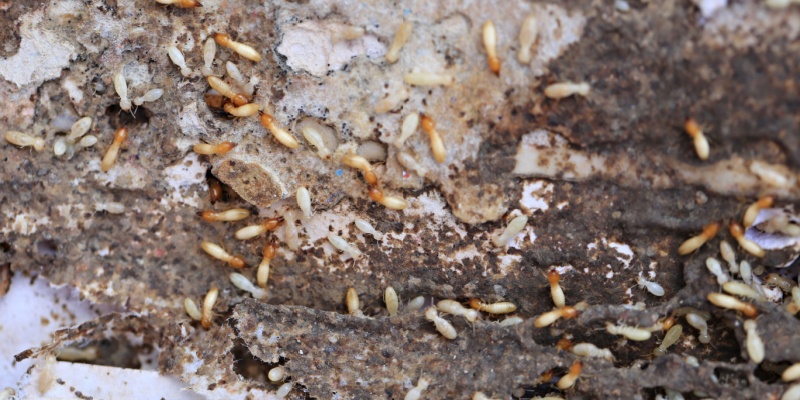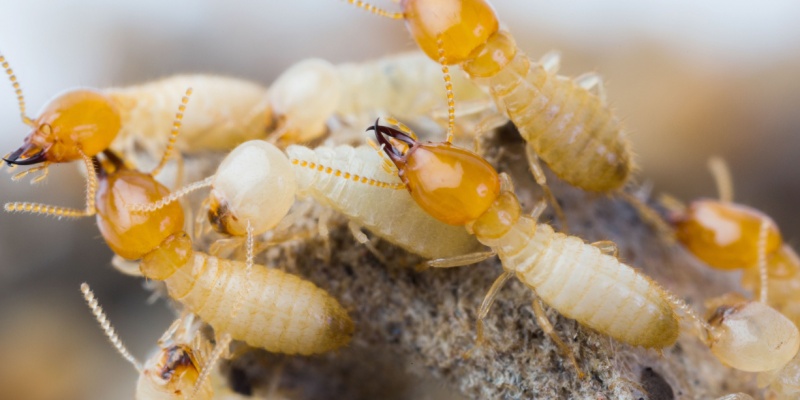Southern California a prime target for drywood termites due to a number of factors, including a temperate climate and plenty of structures for termites to infest. These pests can cause extensive damage to homes if left untreated. Finding the right termite control specialists in Southern California is crucial for protecting your property. Here’s how to choose the best professionals to handle termite infestations effectively:
1. Why Professional Termite Control Is Essential
Drywood termites are a persistent threat in Southern California, and DIY methods often fall short in eradicating these pests. Professional termite control specialists have the knowledge, tools, and experience to address infestations comprehensively. Here’s why you should consider hiring experts:
- Accurate Identification: Termite specialists can accurately identify the type and extent of infestation. This is crucial for selecting the most effective treatment method.
- Effective Treatments: Professionals have access to advanced treatments and technologies that are more effective than over-the-counter products.
- Preventative Measures: Termite control specialists not only treat current infestations but also implement preventative measures to protect your home from future invasions.
2. Choosing the Right Termite Control Specialist
When selecting a termite control specialist in Southern California, consider the following factors to ensure you’re choosing the best company for the job:
- Experience and Expertise: Look for companies with extensive experience in termite control. Experienced specialists are more likely to identify and effectively treat infestations.
- Certifications and Licenses: Ensure the company is licensed and certified by relevant authorities. This guarantees they adhere to industry standards and regulations.
- Reputation and Reviews: Check online reviews and ask for references. A company with positive feedback from previous clients is more likely to provide satisfactory service.
- Inspection and Quote: Choose a company that offers a thorough inspection and provides a detailed quote. Avoid companies that give estimates without inspecting your home.
- Treatment Options: Inquire about the treatment methods the company uses. A reputable company will offer a range of options and tailor treatments to your specific needs.
- Guarantee and Warranty: A good termite control company will stand behind their work with a guarantee or warranty. This provides peace of mind that they will address any recurring issues.
3. Common Termite Control Methods
Termite control specialists employ various methods to eradicate termites and protect your home. Here are some common treatments used by professionals in Southern California:
- Fumigation: Whole-structure fumigation is often used for severe infestations. This method involves sealing your home and introducing a gas that penetrates all areas to eliminate termites.
- Localized Treatments: For smaller infestations, localized treatments such as spot treatments or injections can be effective. These methods target specific areas of infestation.
- Heat Treatments: Heat treatments involve raising the temperature in infested areas to levels that are lethal to termites. This is a chemical-free option but requires professional equipment and expertise.
- Baiting Systems: Termite baiting systems use bait stations placed around your home to attract and eliminate termites. These systems are effective for long-term control and monitoring.
- Wood Treatments: Applying termiticides directly to wood can protect against future infestations. This method is often used in conjunction with other treatments for comprehensive protection.
4. Preventative Measures by Professionals
In addition to treating current infestations, termite control specialists implement preventative measures to safeguard your home:
- Barrier Treatments: Creating a chemical barrier around your home’s foundation can prevent termites from entering.
- Wood Preservatives: Professionals may apply preservatives to wood structures to make them less attractive to termites.
- Regular Inspections: Scheduling regular inspections with a termite control specialist ensures early detection of any new infestations.
- Moisture Control: Termite control specialists can help identify and fix sources of excess moisture, which attract termites.
5. The Importance of Regular Maintenance
Regular maintenance and inspections are crucial in keeping your home termite-free. Here’s what you should do:
- Annual Inspections: Schedule annual inspections with a termite control specialist to catch any signs of infestation early.
- DIY Checks: In between professional inspections, conduct your own checks for signs of termite activity, such as discarded wings, frass, and hollow-sounding wood.
- Maintain Your Home: Keep your home in good repair by addressing leaks, replacing damaged wood, and ensuring proper ventilation.
6. Cost of Termite Control
The cost of termite control can vary depending on the extent of the infestation and the treatment method used. Here are some factors that influence the cost:
- Size of Infestation: Larger infestations require more extensive treatments, which can increase costs.
- Treatment Method: Whole-structure fumigation is generally more expensive than localized treatments or baiting systems.
- Frequency of Treatments: Ongoing monitoring and preventative treatments can add to the overall cost but are essential for long-term protection.
- Home Size: The size of your home affects the amount of materials and labor needed for treatment.
7. Finding a Reliable Termite Control Specialist
To find a reliable termite control specialist in Southern California, consider asking for recommendations from friends, family, or neighbors. Additionally, check online directories and review websites for highly rated companies. Don’t hesitate to contact multiple companies to compare their services, pricing, and customer service.
Protecting your Southern California home from drywood termites requires the expertise of a professional termite control specialist. By choosing a reputable company and implementing regular maintenance, you can safeguard your property from these destructive pests. Reach out to the Bug Baron Exterminator today for help dealing with a termite infestation in your home.



